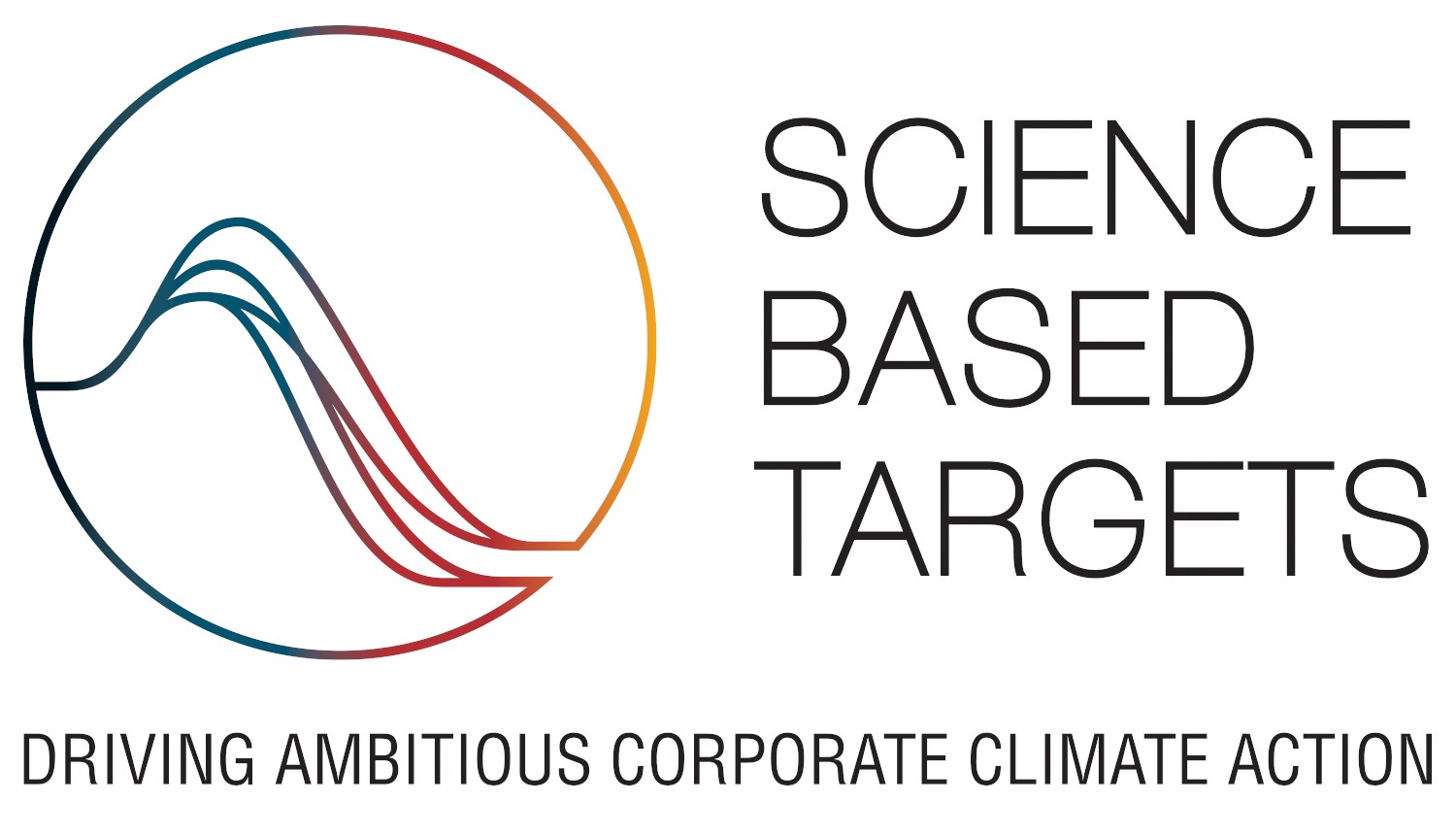Perstorp Group greenhouse gas emissions reduction targets have been approved by the Science Based Targets initiative, meaning they are consistent with levels required to meet the goals of the 2015 Paris Agreement. The targets covering greenhouse gas emissions from Perstorp’s operations (Scopes 1 and 2*) are consistent with reductions required to keep warming to 1.5°C, the most ambitious goal of the Paris Agreement.
The Science Based Targets initiative (SBTi), a collaboration between CDP, the United Nations Global Compact, World Resources Institute (WRI) and the World Wide Fund for Nature (WWF) defines and promotes best practice in science-based target setting. It also independently assesses companies’ targets.

Perstorp is committed to reduce absolute Scope 1 and 2 GHG emission by 46.2 percent by 2030 from a 2019 base year. The company is also committed to reduce Scope 3 GHG emissions from purchased goods and services, fuel and energy related activities, upstream transportation and distribution, waste generating operations, and end of life treatment of sold products 27.8 percent per ton sold product within the same timeframe. Perstorp’s target for the emissions from its value chain (Scope 3) meet the SBTi’s criteria for ambitious value chain goals, meaning they are in line with current best practice.
Reaching the science-based targets means looking at every aspect of the company to identify possible ways of reducing negative climate impact . Perstorp took an important step towards enabling greenhouse gas emission reductions last December when it began applying Internal Carbon Pricing for Scope 1, 2 and 3. Internal Carbon Pricing is a way to future proof a company by helping to drive investments which improves sustainability and reduces CO2 emissions. It is a mechanism to put an internal price on our CO2 emissions and take this into account in business cases and as the guiding principle for decision making.
* Greenhouse gas emissions are categorised into three groups, known as 'Scopes,' by the most widely-used international accounting tool, the Greenhouse Gas (GHG) Protocol. Scope 1 covers direct emissions from owned or controlled sources. Scope 2 covers indirect emissions from the generation of purchased electricity, steam, heating and cooling consumed by the reporting company. Scope 3 includes all other indirect emissions that occur in a company’s value chain.














